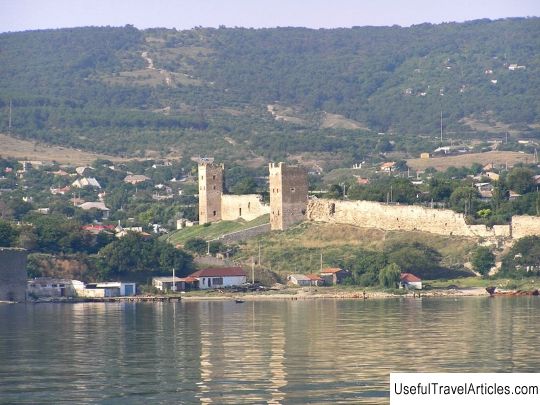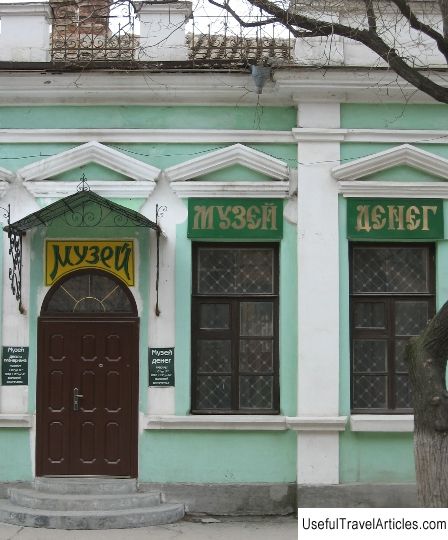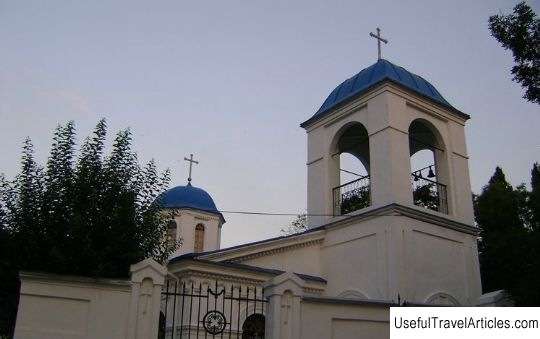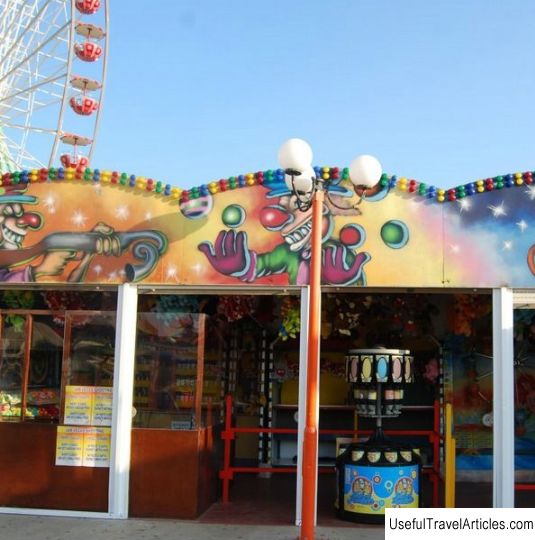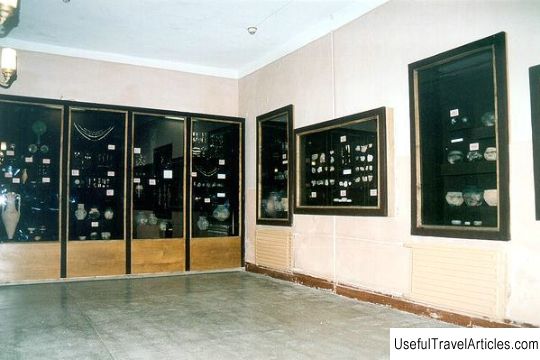Tower of St. Constantine description and photo - Crimea: Feodosia
Rating: 8,5/10 (693 votes) 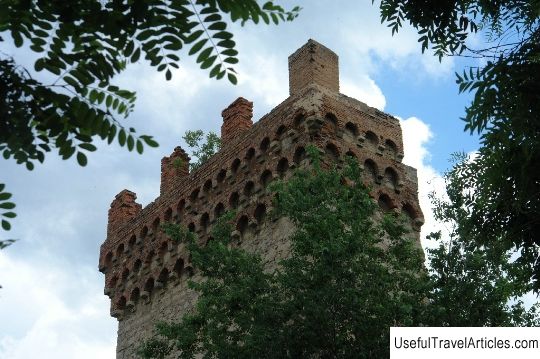
St. Constantine Tower description and photos - Crimea: Feodosia. Detailed information about the attraction. Description, photos and a map showing the nearest significant objects. Photo and descriptionOne of the most famous and popular sights of the city of Feodosia is currently the tower of St. Constantine. It has historical value as a monument of medieval architecture. The location of the tower is the Jubilee Park, which is located near the large railway station. This tower was erected in those distant times when the city was ruled by the Genoese. This was in the 13th century. The new rulers of Kafa faced the issue of strengthening the city's defense. Before the reign of the Genoese, it was simply surrounded by a rather deep ditch and a rampart of earth. Later, the Genoese strengthened their defenses with wooden walls. After a hundred years, reliable stone walls were erected in the city of Cafe, which were reinforced with towers. The Genoese fortress had 26 towers in the defensive line. One of them was given the name of Constantine the First. He was considered a great emperor. Constantine was canonized. The Tower of Constantine was built in 1338, but was rebuilt in 1443. It was also called the Arsenal Tower, because weapons were kept there. Currently, there are three walls left from the tower. According to historians, the structure of the tower, when the gate opens inward, was conceived from the very beginning of its construction. This was provided in case the enemy captured the fortress, then the tower would not be a trap for its defenders. The Tower of St. Constantine was built in two tiers with a rectangular base. This tower had its own feature - the presence of mashikul - hinged loopholes. At the very top of the tower there were merlons. They were prongs which became a shelter for archers during battles. The Merlons protected them from the crossbowmen. In 1914, these teeth were restored. Italian masters were specially invited to Feodosia for restoration. During the Middle Ages, the tower towered above sea level. She stood majestically on the shore, near the water. But in the 19th century, a lot of construction began here - a seaport and a railway were built. The tower had to be moved 100 meters away from the water. In 1475, a stone, semicircular fortification called the "barbican", or, in other words, a Turkish bastion with casemates, was added to the tower. Currently, the bastion has been turned into a dance floor where incendiary discos are held. This is a very famous and popular club "Pyatak".
      Topic: Tower of St. Constantine description and photo - Crimea: Feodosia. |
